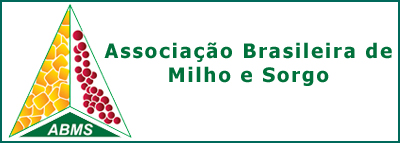ECONOMIC WEED THRESHOLD OF MARANTA SOBOLIFERA PLANTS IN OFF-SEASON CORN
DOI:
https://doi.org/10.18512/rbms2021vol20e1222Resumo
Maranta sobolifera (Caetê) has tolerance to chemical management and has spread consistently on the agricultural areas of the western region of Paraná over the years. However, there is little information about its potential to interfere with the main agricultural crops. This study aimed to estimate the economic weed threshold (EWT) of M. sobolifera plants in commercial areas of production of off-season corn. There were losses in grain yield of up to 303.7 kg plant-1 of M. sobolifera. Considering an acceptable loss in grain yield of 614.05 kg ha-1, EWT estimates varied from 2.0 to 41.2 plants m-2 of M. sobolifera. In practice, these data can be used in no-till areas, where complementary control is necessary at the crop post-emergence (V4-V6), after desiccation of the area, to maintain weed density at tolerable levels until the end of the cycle. In addition, factors such as the use of less competitive hybrids, obtaining the maximum productive potential of the crop, increasing the value of the harvested product and the efficiency of chemical management (desiccation) and a reduction in the cost of control contribute to the reduction of the EWT and make the adoption of management practices of M. sobolifera more profitable in off-season corn.
Downloads
Publicado
Como Citar
Edição
Seção
Licença
Autores que publicam nesta revista concordam com os seguintes termos:- Autores mantém os direitos autorais e concedem à revista o direito de primeira publicação, com o trabalho simultaneamente licenciado sob a Creative Commons Attribution License que permitindo o compartilhamento do trabalho com reconhecimento da autoria do trabalho e publicação inicial nesta revista.
- Autores têm autorização para assumir contratos adicionais separadamente, para distribuição não-exclusiva da versão do trabalho publicada nesta revista (ex.: publicar em repositório institucional ou como capítulo de livro), com reconhecimento de autoria e publicação inicial nesta revista.
- Autores têm permissão e são estimulados a publicar e distribuir seu trabalho online (ex.: em repositórios institucionais ou na sua página pessoal) a qualquer ponto antes ou durante o processo editorial, já que isso pode gerar alterações produtivas, bem como aumentar o impacto e a citação do trabalho publicado



